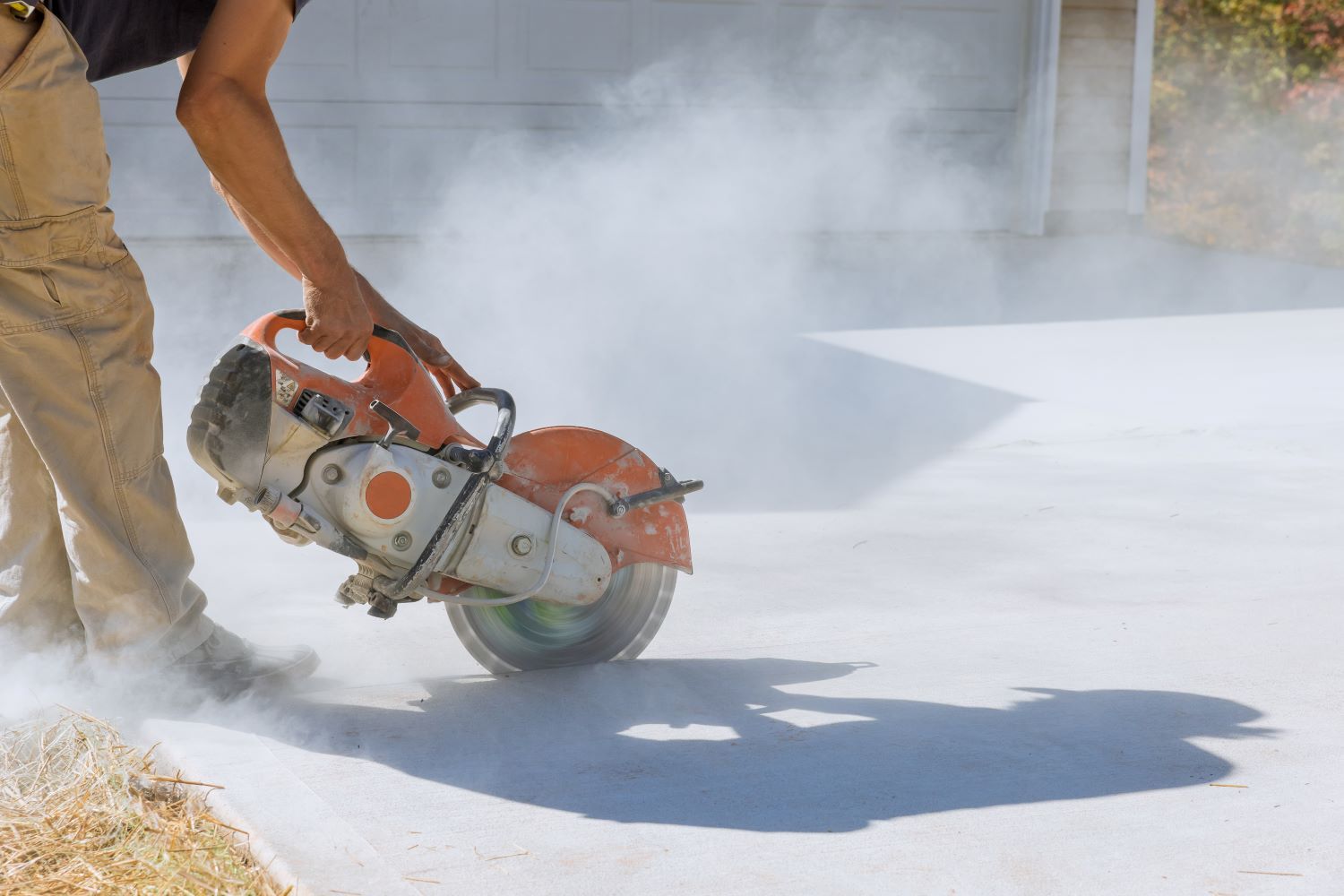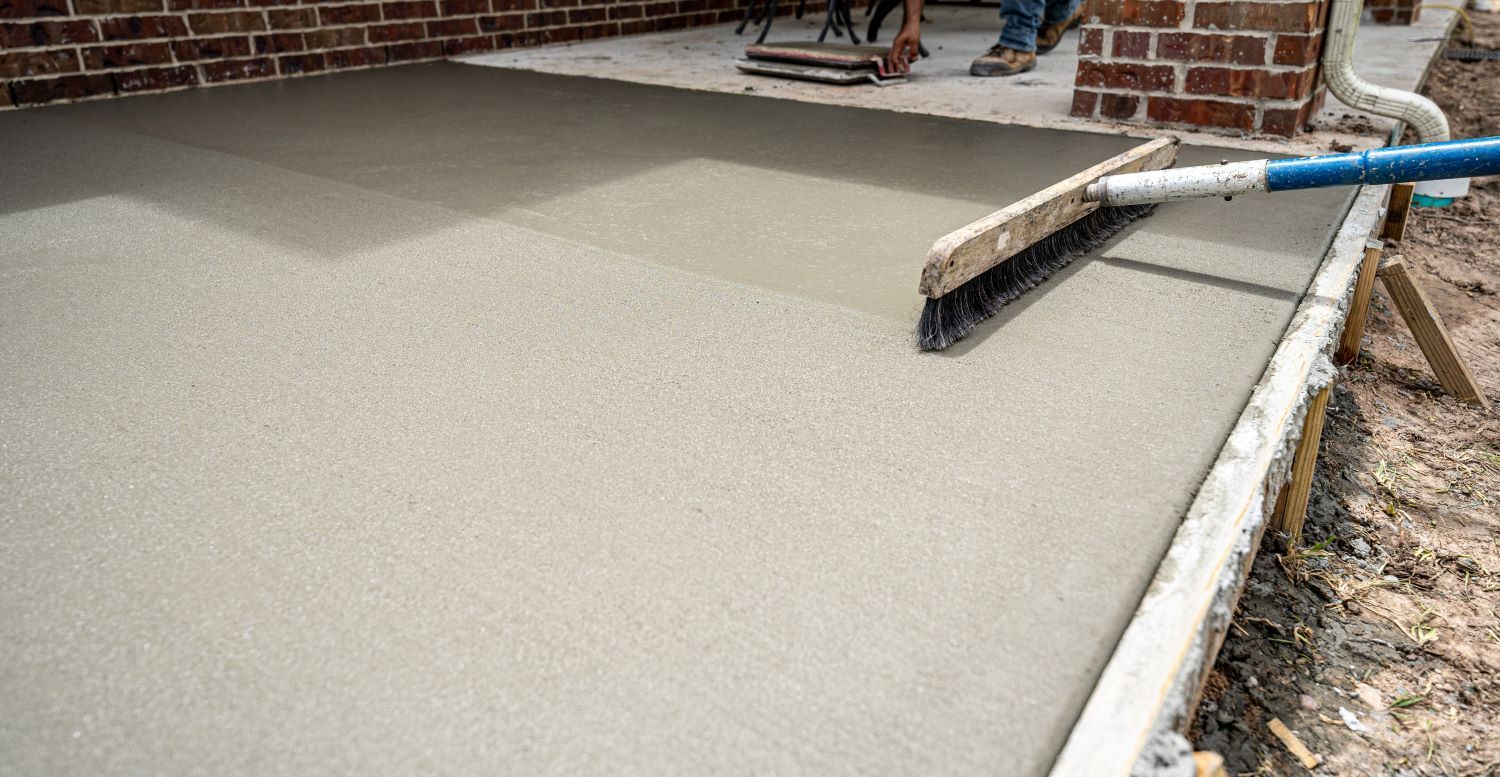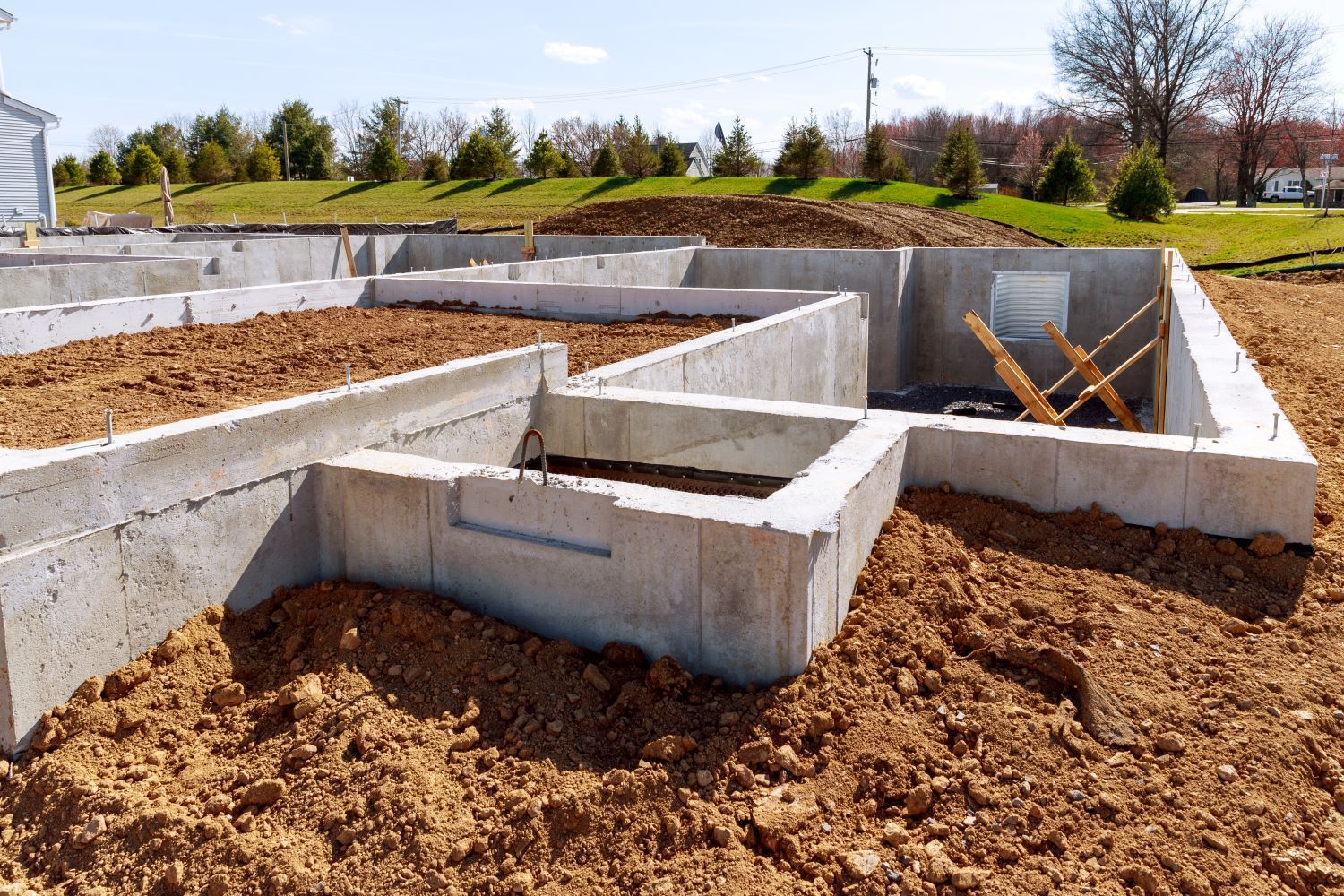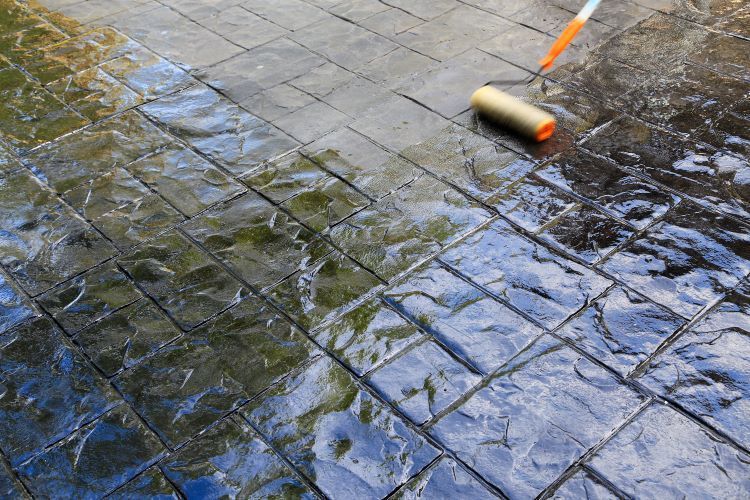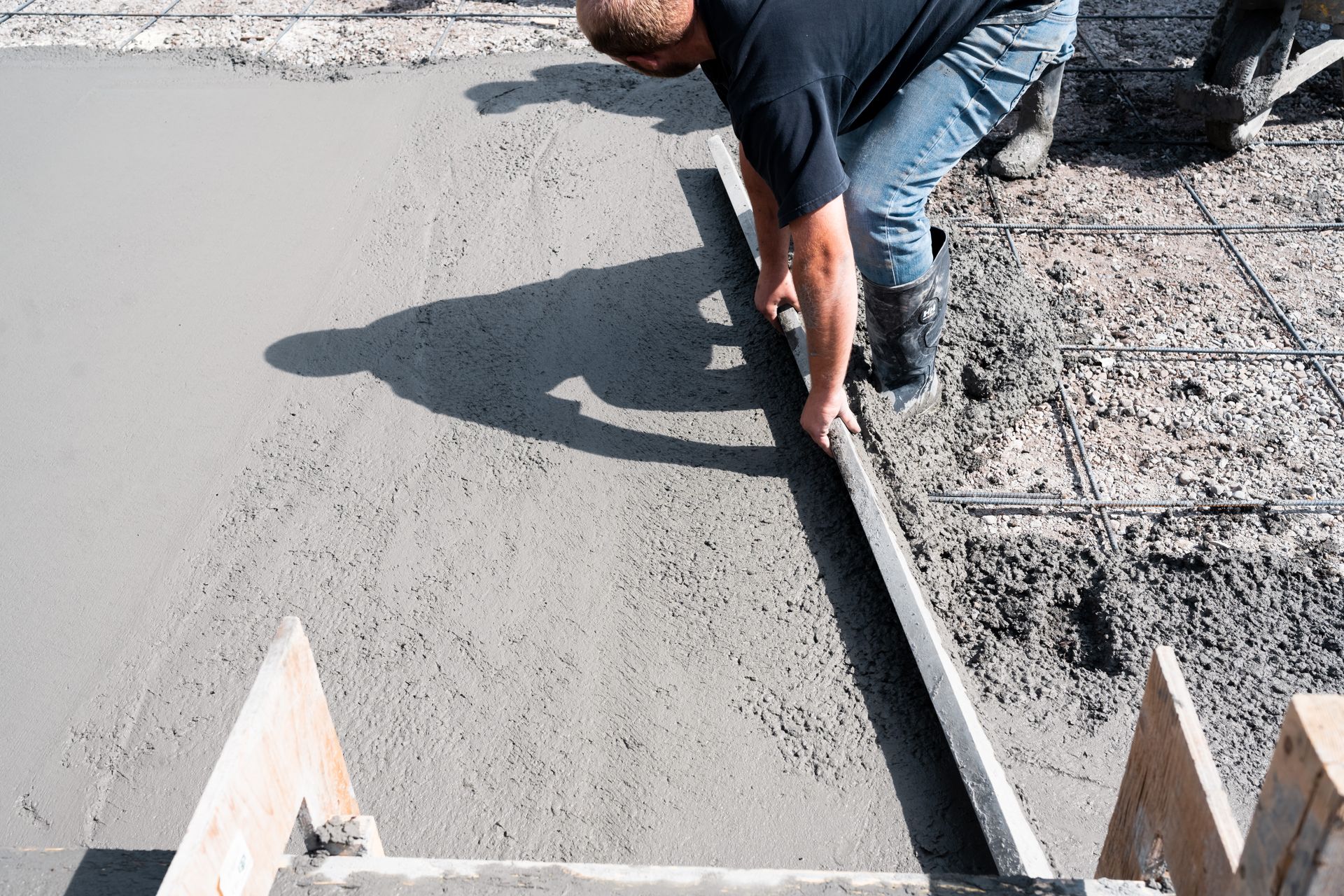Cement Pads vs. Concrete Slabs: What’s the Difference?

When planning any construction project, understanding the materials and their applications is crucial. Among the common terms you’ll encounter are "cement pads" and "concrete slabs." Although they may seem similar, these two materials have distinct differences and applications. Concrete Contractors London, your trusted experts in London, Ontario, are here to help you understand the key differences between cement pads and concrete slabs, so you can make an informed decision for your project.
What is Cement?
Before diving into the differences, it’s important to clarify what cement is. Cement is a key ingredient in concrete. It acts as a binder that, when mixed with water, aggregates (like sand and gravel), and other additives, hardens and binds the materials together to form concrete. Cement itself is not typically used alone but is a critical component in creating concrete and mortar.
Cement Pads
Definition: Cement pads are small, typically thin layers of cement used for minor projects where heavy weight-bearing is not required.
Composition:
- Mainly composed of cement mixed with water and sometimes a small amount of sand.
- Does not include coarse aggregates.
Applications:
- Used for small projects like garden pathways, shed bases, or stepping stones.
- Suitable for areas that don’t need to support significant weight or endure heavy traffic.
Advantages:
- Easy and quick to mix and pour.
- Dries faster than thicker concrete slabs.
- Ideal for DIY projects due to its simplicity.
Disadvantages:
- Less durable and strong compared to concrete.
- Not suitable for heavy-load applications.
- Prone to cracking and weather damage over time.
Concrete Slabs
Definition: Concrete slabs are thick, flat horizontal surfaces made from a mixture of cement, water, sand, and coarse aggregates like gravel or crushed stone.
Composition:
- A mixture of cement, water, sand, and coarse aggregates.
- Can include additives to enhance strength and durability.
Applications:
- Used for foundations, driveways, patios, sidewalks, and other load-bearing surfaces.
- Suitable for both residential and commercial construction projects.
Advantages:
- Extremely strong and durable.
- Can support significant weight and withstand heavy traffic.
- Resistant to weathering and environmental stress.
Disadvantages:
- Requires professional expertise to mix, pour, and finish properly.
- Longer curing time compared to cement pads.
- More costly due to the materials and labor involved.
Key Differences
- Composition:
- Cement pads are primarily cement and water with minimal aggregates.
- Concrete slabs include a mix of cement, water, sand, and coarse aggregates.
- Strength and Durability:
- Cement pads are less durable and suitable for light-duty applications.
- Concrete slabs are strong, durable, and designed for heavy-duty applications.
- Thickness:
- Cement pads are generally thinner and less substantial.
- Concrete slabs are thicker and provide a robust, stable surface.
- Applications:
- Cement pads are ideal for small, non-load-bearing projects.
- Concrete slabs are suitable for large, load-bearing projects like driveways and foundations.
- Installation:
- Cement pads are simpler to install and suitable for DIY projects.
- Concrete slabs require professional installation to ensure proper mixing, pouring, and finishing.
Understanding the differences between cement pads and concrete slabs is essential for selecting the right material for your project. While cement pads are perfect for small, light-duty applications, concrete slabs provide the strength and durability needed for more demanding construction tasks. For expert advice and professional installation of concrete slabs, trust the experienced team at Concrete Contractors London.
Contact us today to discuss your project and discover how we can help you achieve the best results with our high-quality concrete solutions.
